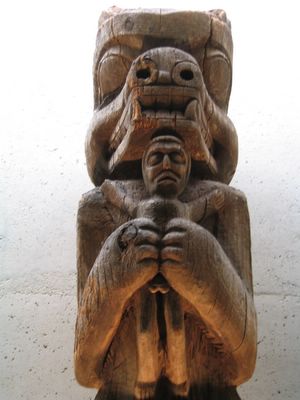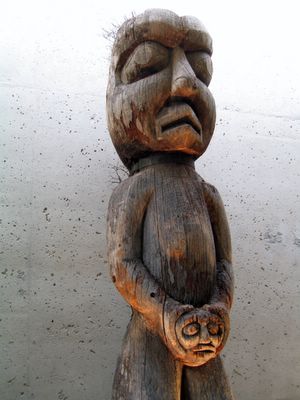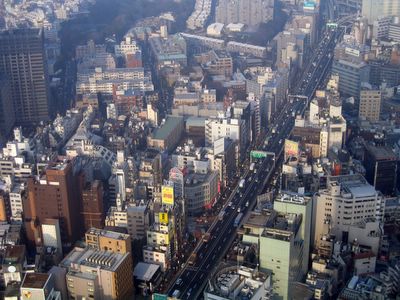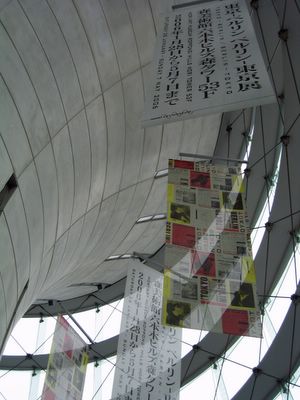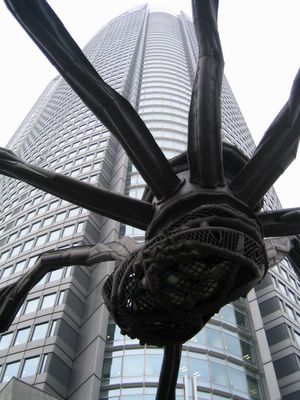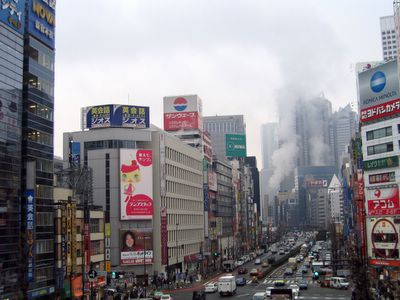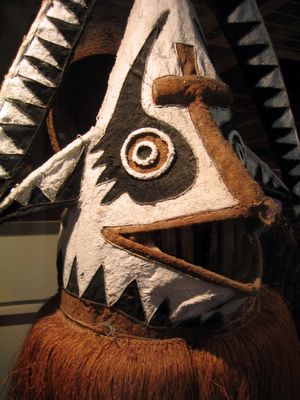
The Museum of Anthropology at the University of British Columbia was definitely worth the bus ride out from Vancouver, despite a lack of sleep from partying the night before. The sheer genius and brilliant craftsmanship of the face masks on display from all over the world quickly woke me up and had me enthralled. This museum proved to be much better than the often tacky displays on offer at the museum in Victoria, despite all the hype about the latter in the Lonely Planet guide I was carrying.



